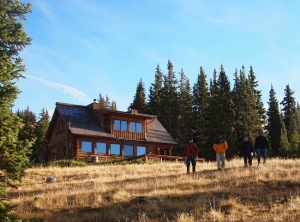
Hut trip, anyone? For those seeking a deep backcountry experience in the Colorado Rocky Mountains, check out the 10th Mountain Division huts. This network of 34 huts extends along 350 miles of alpine trails and routes. They’re the ideal base for outdoor adventuring in the Colorado high country. Before booking a hut, be prepared. Set in backcountry wilderness areas, they require the right clothing and equipment. They also require a certain level of fitness, each with an on-foot approach of at least two or three miles -- often more. Here are a few more things to know before you go:
“Huts” is an understatement - they’re gorgeous cabins
Although the huts are off the grid, the so-called “huts” are impressive in their size and amenities. Most are graceful two-story structures, with enough space to sleep 10 to 17 people comfortably. You’ll find solar panels that provide power for lights, bunks with mattresses and pillows, cozy wood stoves with a generous wood supply, well-equipped kitchens with propane burners, water catchment systems that pump water indoors (although it still needs to be purified to be suitable for drinking), clean outhouse bathrooms, huge picture windows, and decks that lend themselves nicely to night sky gazing. The journey in may be rough, but you’re hardly “roughing it” once you get there.
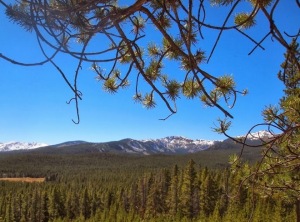
They’re open year-round
The huts are popular in the warm summer months for hiking and mountain biking. Families choose summer months and less-remote cabins for bringing their kids in tow. The real “high season” for the huts is winter, when tent camping is a less viable alternative. During the winter months, hutters arrive by nordic ski or snowshoe. Once they reach the huts, a playground of backcountry skiing and snowboarding surrounds each one.
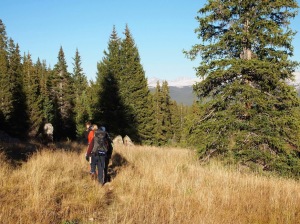
They book up well in advance
Due to their ever-growing popularity, especially during the winter, the huts get booked up fast. In fact, the non-profit organization that manages hut bookings has needed to implement a lottery system in order to allocate hut space fairly during the winter weekends and holidays. Lottery applications are due in January for the following winter -- often an entire year in advance! Cost per person is very reasonable -- usually between $20 and $35 per night. Payment is due up-front upon booking, and it includes one bed in a shared hostel-style space that is open to other groups.
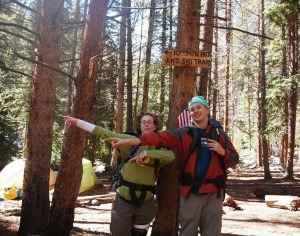
They can be hard to find
Since the huts are located in remote locations in the Colorado backcountry, they can be hard to locate. In fact, signage and markings become more scarce the closer you get to the huts -- this is to avoid unwanted visitors and vandalism. On the huts website is information about what maps you’ll need for each cabin, and even order them online. Don’t cut corners here. Buy the map. Before the trip, familiarize yourself with the map and make sure you understand how to read and follow it. It’s not unheard-of for groups to get lost looking for a hut and end up spending a night outside or back in town. Ideally, make sure someone in the group knows the route or has lots of experience with backcountry navigation.
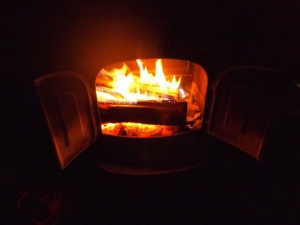
They have a place in Colorado history
The system of backcountry huts began to form in the early 1980’s starting near Aspen and extending throughout the surrounding ranges. Its inspiration (and name) comes from the 10th Mountain Division Soldiers, a little-known division of the military who trained for alpine combat in the Colorado Rockies during World War II. They never saw battle, but while they were in Europe, the soldiers were impressed by the hut systems they found, and wanted to emulate them here in the U.S. Today, Colorado’s hut system is truly an ongoing labor of love. A non-profit organization coordinates the booking and management of the huts, and much of the ground-level maintenance is powered by a loyal fleet of volunteers.

